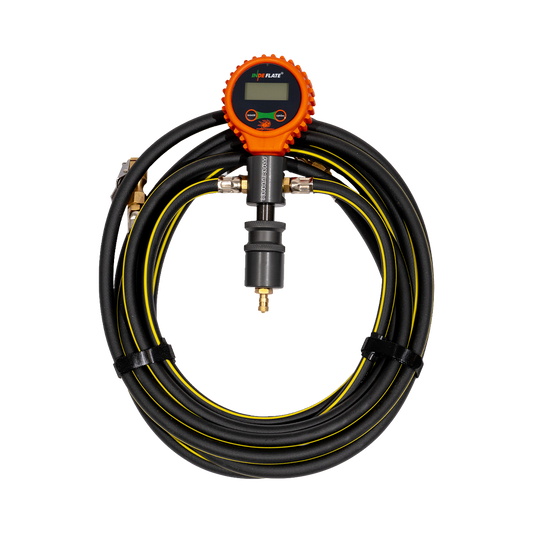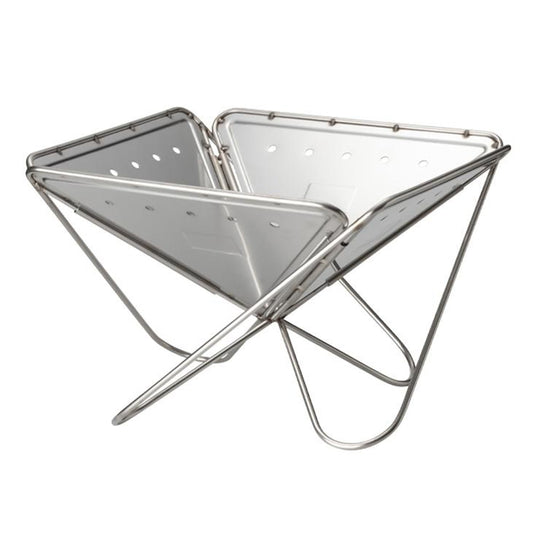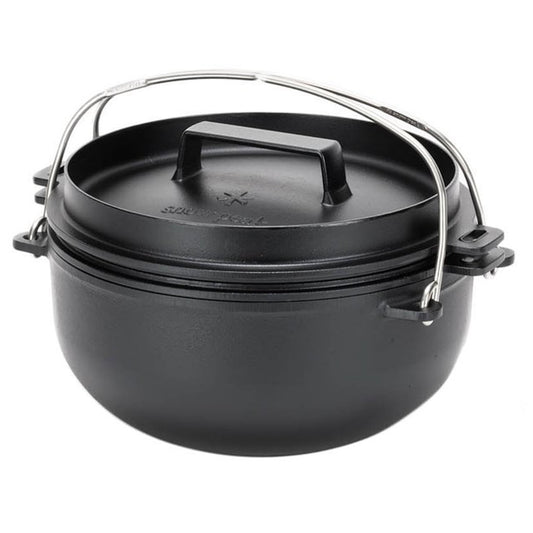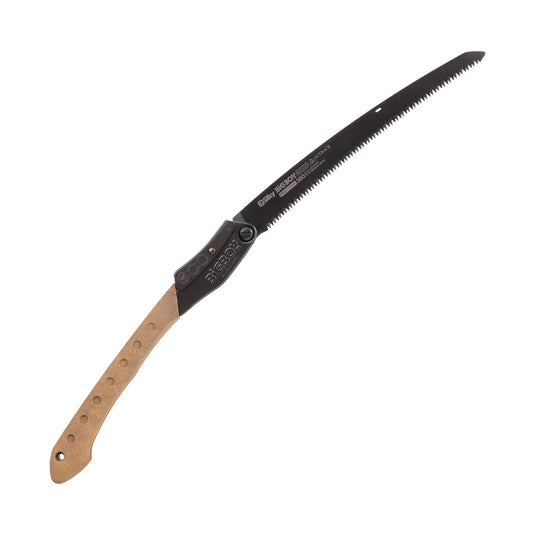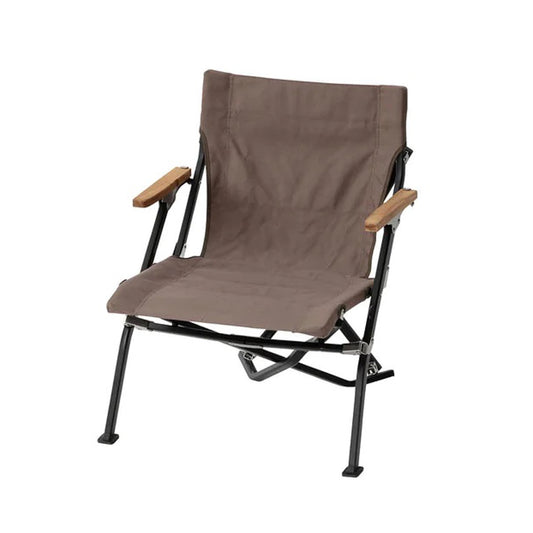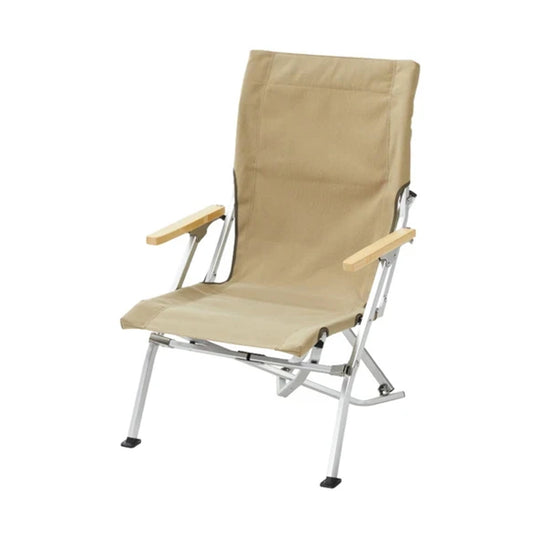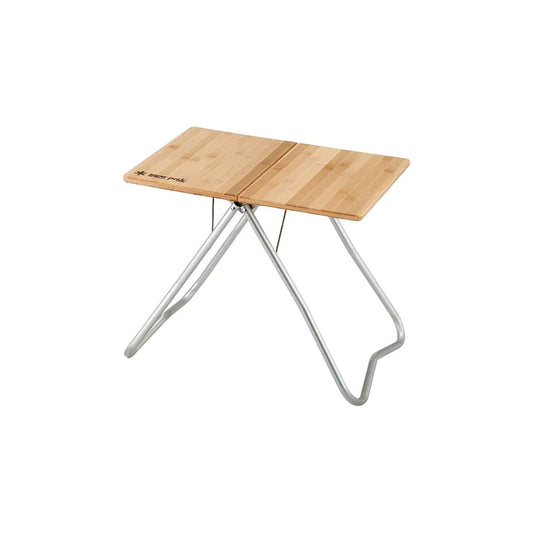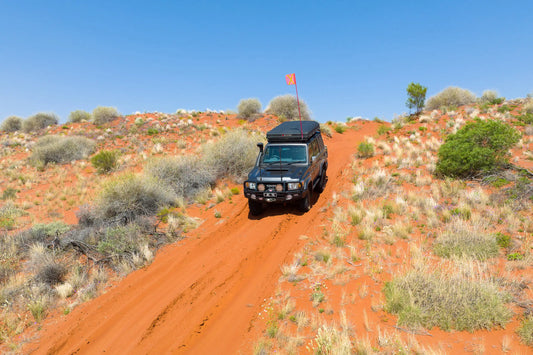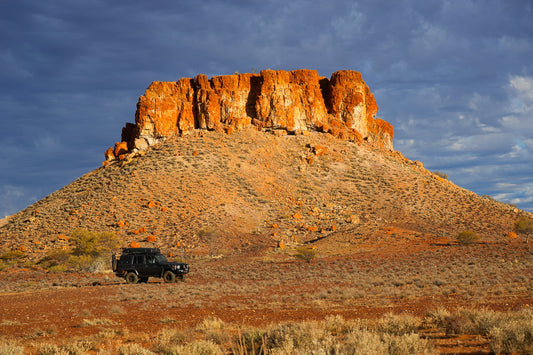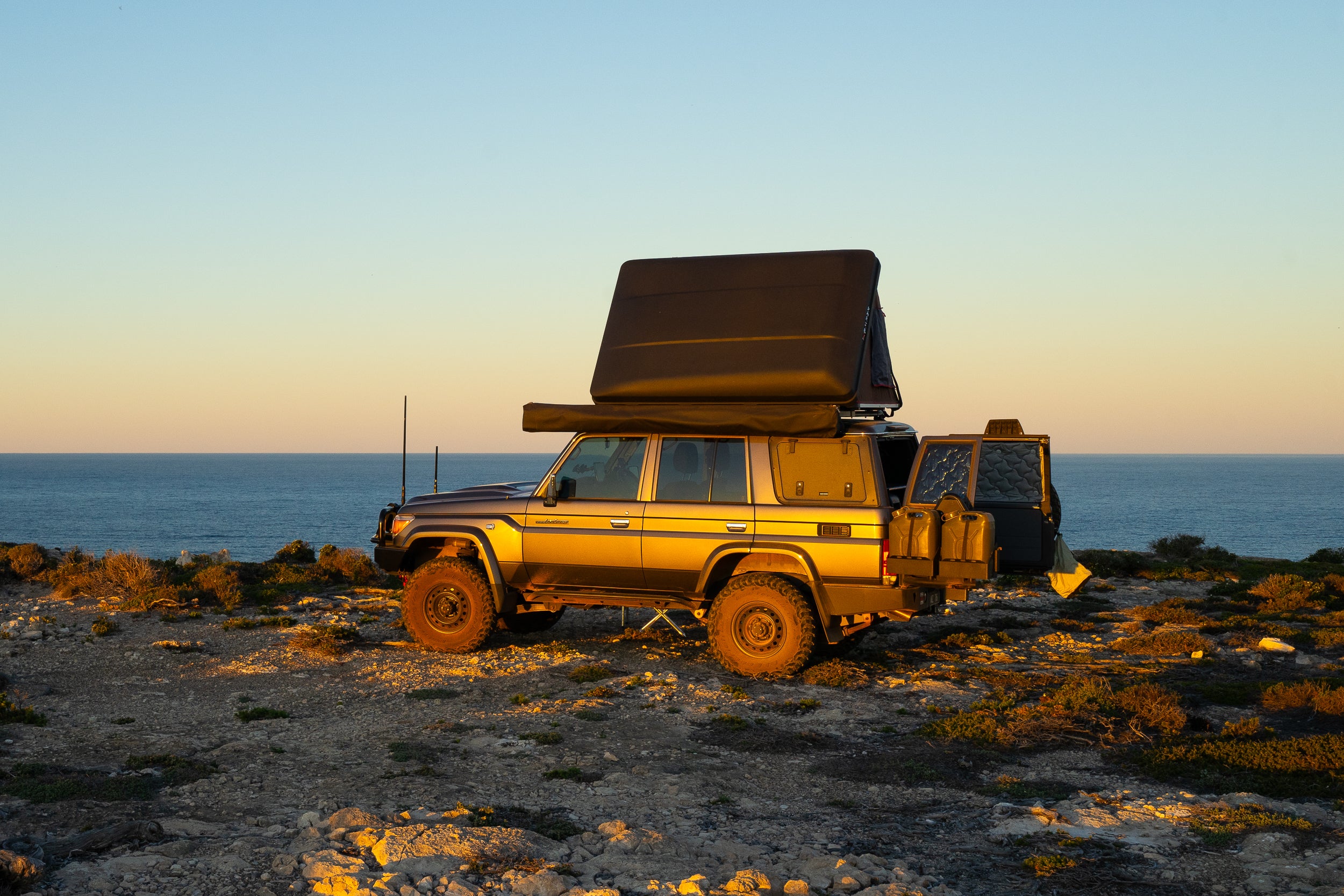When we built our camper trailer, we envisioned spending extended periods comfortably enjoying the one spot entirely off-grid.


With that in mind, we considered the electrical accessories we needed and the myriad energy systems available to power them.

We arrived at a primarily electrical setup with gas rather than induction cooking (more on that choice in a minute).
Our system’s most significant power user is the two 40L drawer fridges. One fridge is in the kitchen, and the other opposes it.

After initial issues, we installed dividers between the compressors at the rear of each fridge and improved the ventilation to the ample interior storage space within the trailer. This change has helped considerably with power consumption.
We installed low-draw LEDs with amber mode to repel bugs in each storage locker and one high-powered LED spot for illuminating the kitchen.
We considered gas, diesel and electric for hot water and eventually settled on electric. We ruled out gas as we’ve tested various models over the years, and although energy efficient, we’ve found they use far too much water.

While diesel hot water systems have a good reputation, ultimately, we didn’t want to introduce a third system to the camper trailer.
We couldn’t be happier with our electric hot water system. Fitted with a trigger-style shower head, it is incredibly frugal with water and uses a relatively modest amount of power. Typically, we aim to warm the hot water in the afternoon with a full battery bank.

Cooking was a more complicated choice. While induction cooktops have their advantages, they use a lot of power. By choosing a gas burner and carrying two 4kg gas cylinders, we can cook for two months (or more) without issue.

The gas cooking takes some pressure off our electrical system on overcast days, making it easier for our lithium battery bank to run the fridges and lights for a few days, even if we produce very little solar power. The hybrid gas and cylinder system has been perfect for our travels.
Regarding our electrical components, we have used REDARC equipment in our vehicles for years. It’s been reliable and easy to operate, and, in particular, the RedVision control panel makes it easy to see our solar power generation and energy consumption.

We opted for three of the REDARC Lithium HD 100Ah batteries for our battery bank. Two batteries might have been enough, but the extra 100Ah gives us peace of mind and relaxes things around camp.

The battery charger is a REDARC Manager 30 with a RedVision control panel. It charges the battery bank from our solar panels, the vehicle or mains power back home.
The 30 is the speed of charge – 30 Amps. Typically, this is the rate we get at home and when driving. However, we’ve managed to achieve 28 Amps from solar!
We carry a dedicated REDARC 300W Solar Blanket in the camper trailer and a REDARC 240W Solar Blanket in our vehicle. More recently, we added a REDARC Parallel Cable, which allows us to link these to get 540W charged to focus on the camper, which uses more energy, and this is how we achieved 28 Amps.

Usually, the camper trailer battery bank will be 100% complete by lunchtime on sunny days, and we can switch the 240W blanket across to the vehicle. It works well, leaving us with the power to spare most days.
With entire battery banks charged each evening and plenty of storage capacity, we can ride out a few bad weather days before recharging. If we are out exploring in the 4WD during the day, it will charge that way, so we can leave both panels plugged into the camper.
The RedVision is also handy to see how our water is going. We’ve fitted a gauge into our 150L water tank, and that information displays with the solar input and switches in our kitchen.
We’ve also fitted a REDARC Inverter to power our 240V devices. We run our Starlink when we have to work and charge laptops and cameras from this.

REDARC owns Hummingbird, and we’ve fitted one of their GPS Odometers to track service requirements.

Finally, we’ve fitted a compressor to adjust the airbag helpers in our suspension, doubling as a backup to the vehicle’s compressor for airing up.
We’ve used the system in 40-degree heat in the Kimberley and WA’s mid-coast, in the SW and Tassie, and so far, everything is working superbly. We’re really pleased with the choices we have made for the setup.

To learn more about the electrical equipment fitted visit REDARC.
Ultimate 4WD installed the electrical system.
Founder of Adventure Curated, Mike has spent his life outdoors. He has represented Australia as a slalom kayaker, guided whitewater expeditions in Nepal, and taught outdoor education and wilderness medicine. He’s paddled the Kimberley’s Fitzroy River in the wet season, across the Bass Strait and has explored many of Australia’s remote areas by 4x4.









